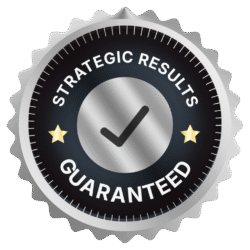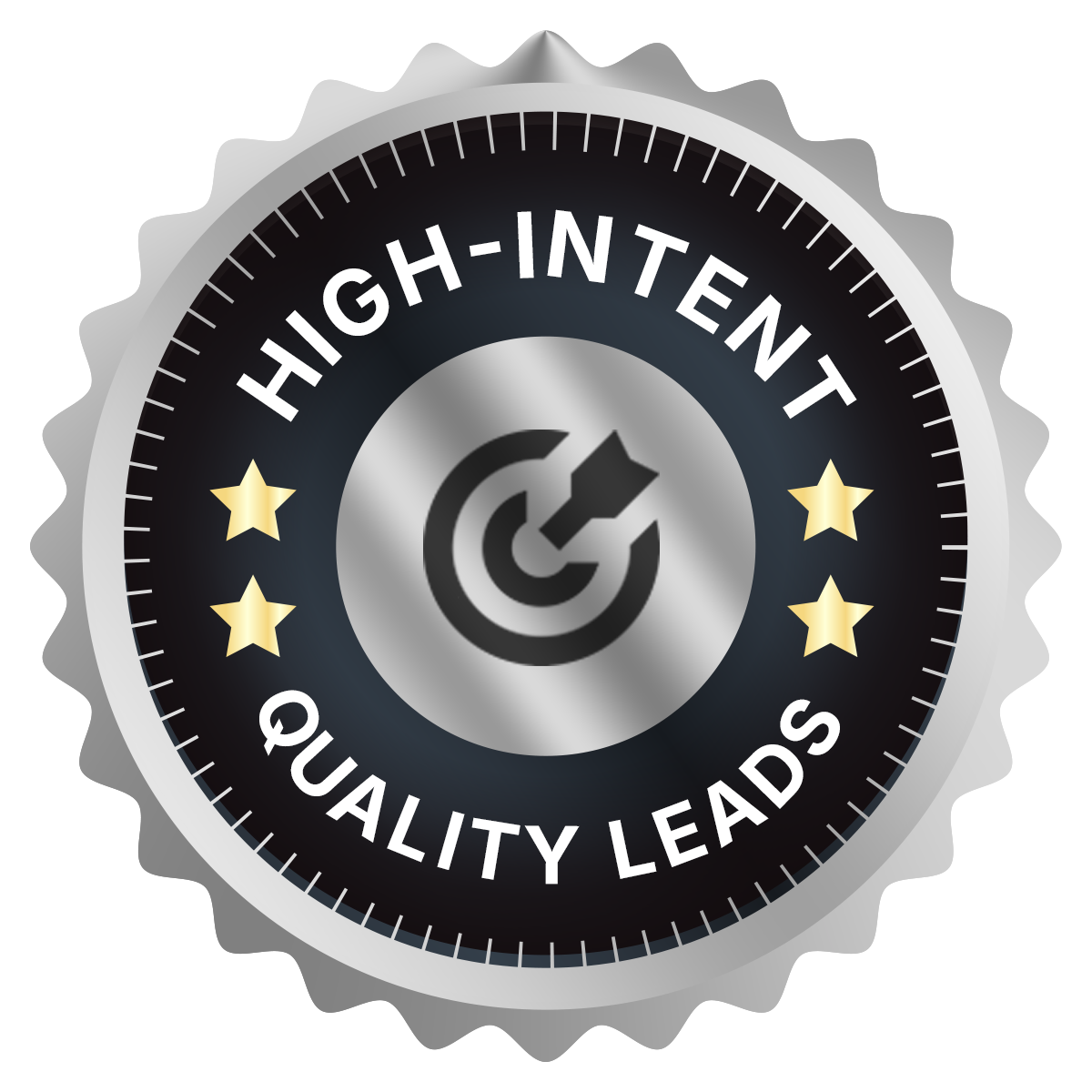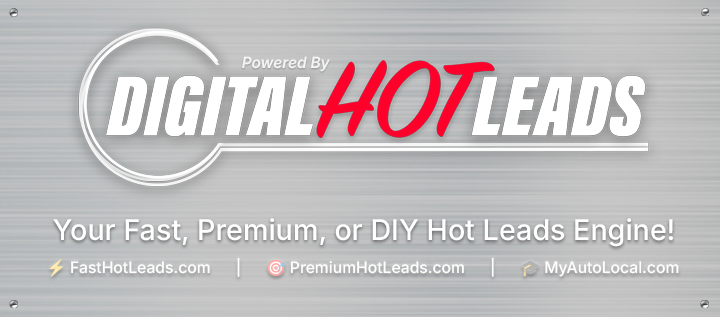Fast Results Are Great — But What Comes Next?
Securing a burst of leads through a targeted campaign can feel like a rush—your inbox fills with inquiries, your calendar lights up with appointments, and revenue ticks upward. But the question every entrepreneur eventually faces is: What happens after the fast results fade? Without a clear playbook for sustained engagement, even the best short-term campaign can leave a business scrambling once the initial momentum subsides. In this post, we’ll outline how to transition from fast wins to long-term stability, ensuring that your quick victories lead to enduring success rather than temporary peaks.
1. Recognize the Limits of Short-Term Campaigns
Fast campaigns are designed to capitalize on immediate opportunities—seasonal demand, event-driven promotions, or sudden spikes in search interest. They often share these characteristics:
- High Intensity, Narrow Window: Focused ad spend and messaging spike activity during a defined period.
- Tactical Incentives: Flash discounts, limited-time offers, or special bundles drive immediate action.
- Immediate ROI Focus: Success is measured by how many leads or sales you capture quickly, rather than long-term customer value.
While these campaigns are essential for rapid influx, they rarely build lasting relationships. Once the promotion ends, ad costs rise, and campaigns lose relevance, leads dry up unless you reinvest aggressively. To avoid constant reinvestment, you need a complementary strategy that extends beyond quick wins.
2. Convert One-Time Inquiries Into Ongoing Relationships
Moving from bursts of leads to sustainable customer relationships involves three key steps:
A. Segment and Qualify Quickly
Not every lead from a fast campaign will become a loyal customer. Implement rapid qualification to identify prospects with the highest lifetime value potential—those who match your ideal customer profile, indicate their intent to purchase again, or exhibit brand affinity. Use simple criteria such as:
- Repeat purchase likelihood (industry, service type)
- Alignment with higher-margin offerings
- Engagement level (opened multiple emails, spent time on your site beyond the campaign page)
By segmenting these prospects immediately, you can design follow-up sequences that focus on retention rather than one-off sales.
B. Deploy a Nurture Sequence Tailored to Post-Campaign Leads
Leads generated by fast campaigns often expect an immediate benefit from the promotion but may not fully understand your broader value. A structured nurture sequence helps transition them:
- Welcome and Reinforce: Send a post-campaign email thanking them for participating, clarifying what the promotion covered, and introducing your premium offerings.
- Educational Follow-Up: Share content that highlights how your product or service solves deeper, ongoing needs—case studies, how-to guides, or short video demonstrations.
- Exclusive Loyalty Incentives: Offer newcomers a membership perk, discounted maintenance plan, or referral bonus to encourage long-term engagement.
- Re-Engagement Triggers: Automate reminders if a lead hasn’t purchased again within a set timeframe—“It’s been three months since you saved 20%. Here’s how to stay protected.”
This multi-step nurture sequence shifts the relationship from “transactional” to “ongoing partnership.”
3. Leverage Data From Fast Campaigns to Inform Future Strategy
Even after a fast campaign ends, the data it generates remains invaluable. Key metrics to analyze include:
- Cost Per Acquisition (CPA) vs. Lifetime Value (LTV): Determine which segments drove CPA below their projected LTV—these are your “post-campaign VIPs.”
- Conversion Path Analysis: Identify touchpoints that influenced conversions—whether it was a retargeting ad, a particular email, or an off-platform referral.
- Campaign Timing and Behavior Patterns: Note when leads engaged most (time of day, week) and what messaging resonated.
Use these insights to refine both fast campaigns and long-term initiatives. For example, if a particular incentive (e.g., “free add-on”) produced higher repeat-buy signals, build a loyalty program that centers on similar value propositions.
4. Integrate Fast and Slow Marketing Tactics for Compound Effect
The most effective growth engines combine short-term and long-term tactics:
- Consistent Content Marketing
While flash campaigns drive immediate leads, regular blog posts, social media updates, and webinars build brand authority over time. Even if a prospect doesn’t purchase during a fast campaign, seeing your educational content in subsequent months keeps you top of mind. - Ongoing Email Nurturing
Fast campaign leads should enter a segmented email track based on their purchase behavior. Over weeks and months, they receive content that aligns with their interests—product tips, user stories, and early access to new offerings—deepening engagement. - Retention-Focused Advertising
Capitalize on retargeting opportunities beyond the initial campaign period. Serve ads promoting complementary services to recent buyers—seasonal maintenance, subscription upgrades, or referral incentives—to maximize LTV. - Community Building Initiatives
Host virtual meetups, user forums, or local events where past purchasers gather. Engaged communities often drive repeat sales and organic referrals, reinforcing growth long after a campaign ends.
By layering these “slow burn” tactics onto a foundation of fast campaigns, you create a compound growth effect—each element strengthens the others and extends the lifespan of every interaction.
5. Plan for Seasonal Fluctuations and Market Cycles
Fast campaigns often align with specific events—holidays, seasonal demand, or product launches—but true stability requires anticipating cyclical patterns:
- Annual Demand Peaks: Identify high-demand seasons and schedule fast campaigns just before or during those peaks to maximize ROI. Plan nurture tracks for off-peak months to maintain engagement.
- Budget Allocation Over Time: Rather than exhausting the full marketing budget on a single campaign, allocate funds to both quick-hit promotions and ongoing initiatives (content creation, SEO, retargeting) that yield returns year-round.
- Scenario Planning: Develop contingency fast-campaign scripts that can be activated rapidly for unexpected opportunities—market shifts, competitor gaps, or viral trends—while ensuring your long-term strategy remains intact.
By synchronizing fast and slow efforts around known cycles, you hedge risk and maintain a consistent growth trajectory.
6. Measure, Iterate, and Reinforce Your Playbook
Even the most well-planned transition strategy requires ongoing refinement:
- Post-Campaign Audits: Conduct a post-mortem on each fast campaign—evaluate ROI, conversion durability, and customer satisfaction metrics. Identify which elements—messaging, timing, channel—enabled enduring post-campaign engagement.
- Split-Testing Nurture Sequences: Just as you A/B test ads, test different email cadences, content types, and incentives in your post-campaign funnel to see which variations yield the highest repeat-purchase rates.
- Customer Feedback Loops: Survey recent buyers to understand what motivated their initial purchase and what keeps them engaged. Use these insights to fine-tune both fast campaign hooks and long-term nurture content.
By institutionalizing measurement and iteration, you reinforce a virtuous cycle—fast campaigns not only deliver immediate results but also feed data into a learning system that enhances future strategy.
Final Thoughts
Fast results are exhilarating—they demonstrate that your marketing can ignite demand quickly. However, without a thoughtful plan for what comes next, those wins can be fleeting. By transitioning from rapid campaigns to deliberate, relationship-focused initiatives, you ensure that each lead becomes potentially a lifetime customer. Leverage the data from short-term efforts to guide your long-term playbook; integrate fast hits with consistent content, community building, and targeted retention tactics; and always measure, iterate, and adapt.
When you align your fast-campaign prowess with a sturdy, long-term engine, you create a growth model that not only achieves immediate spikes but also secures sustainable, compounding success.









